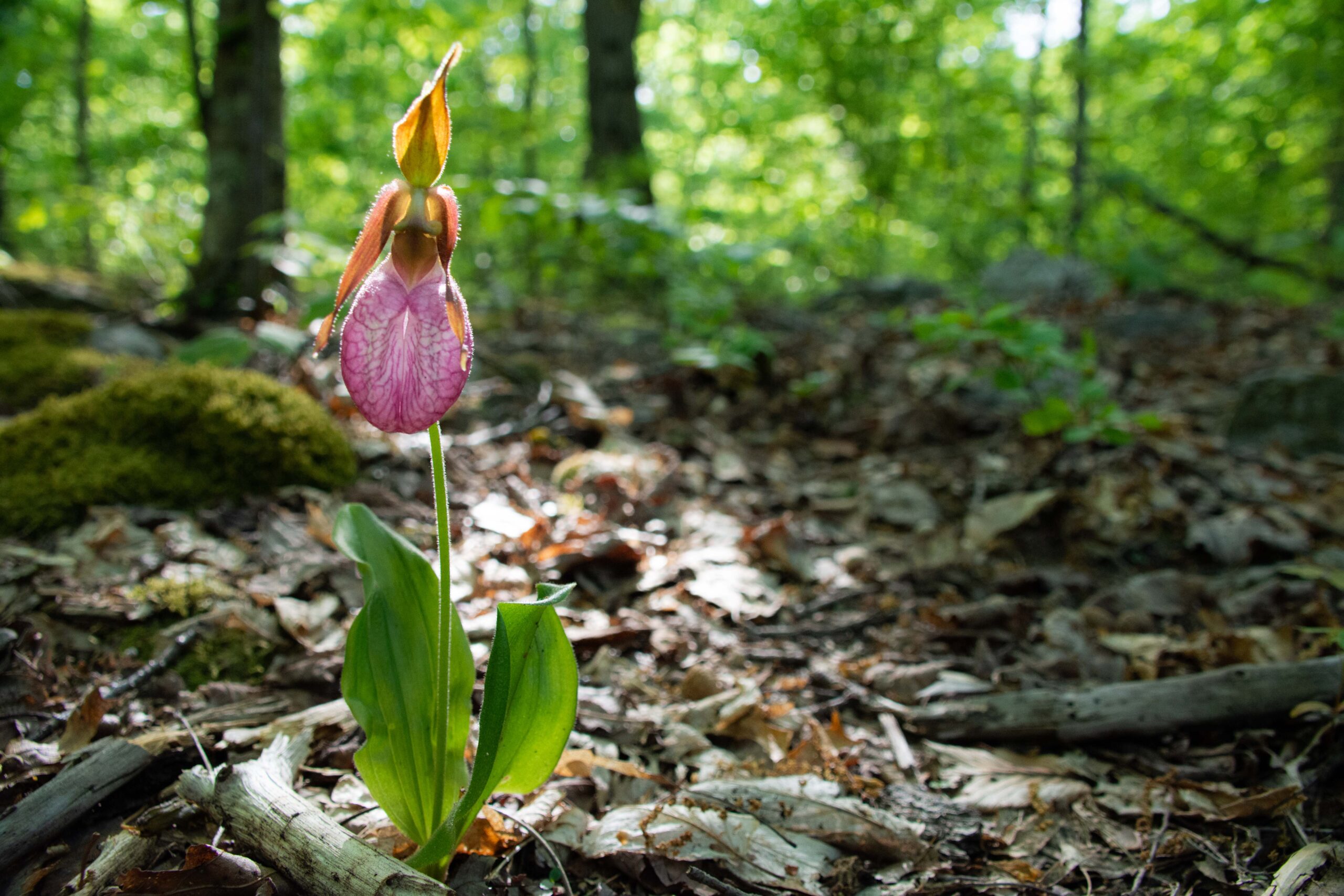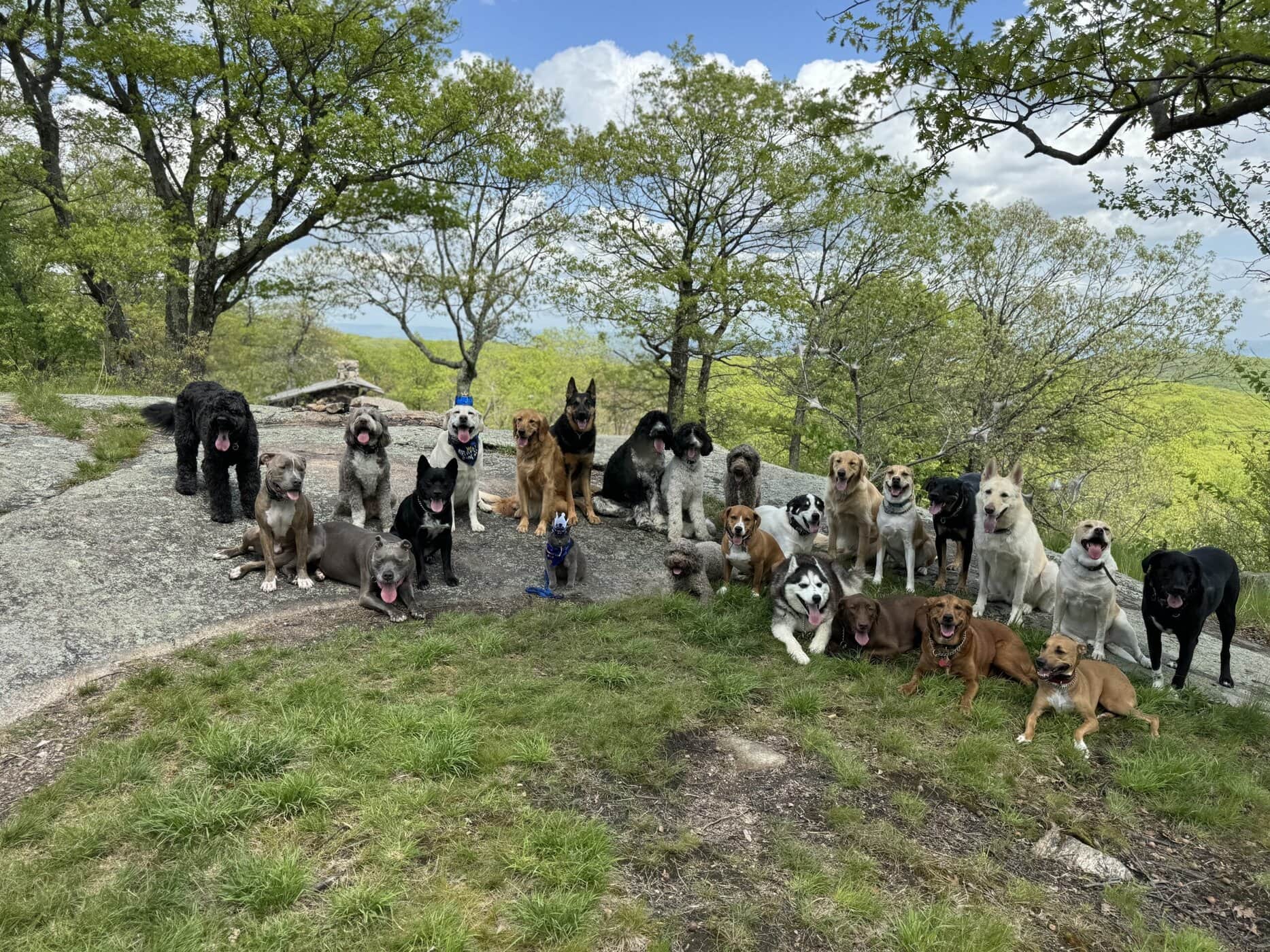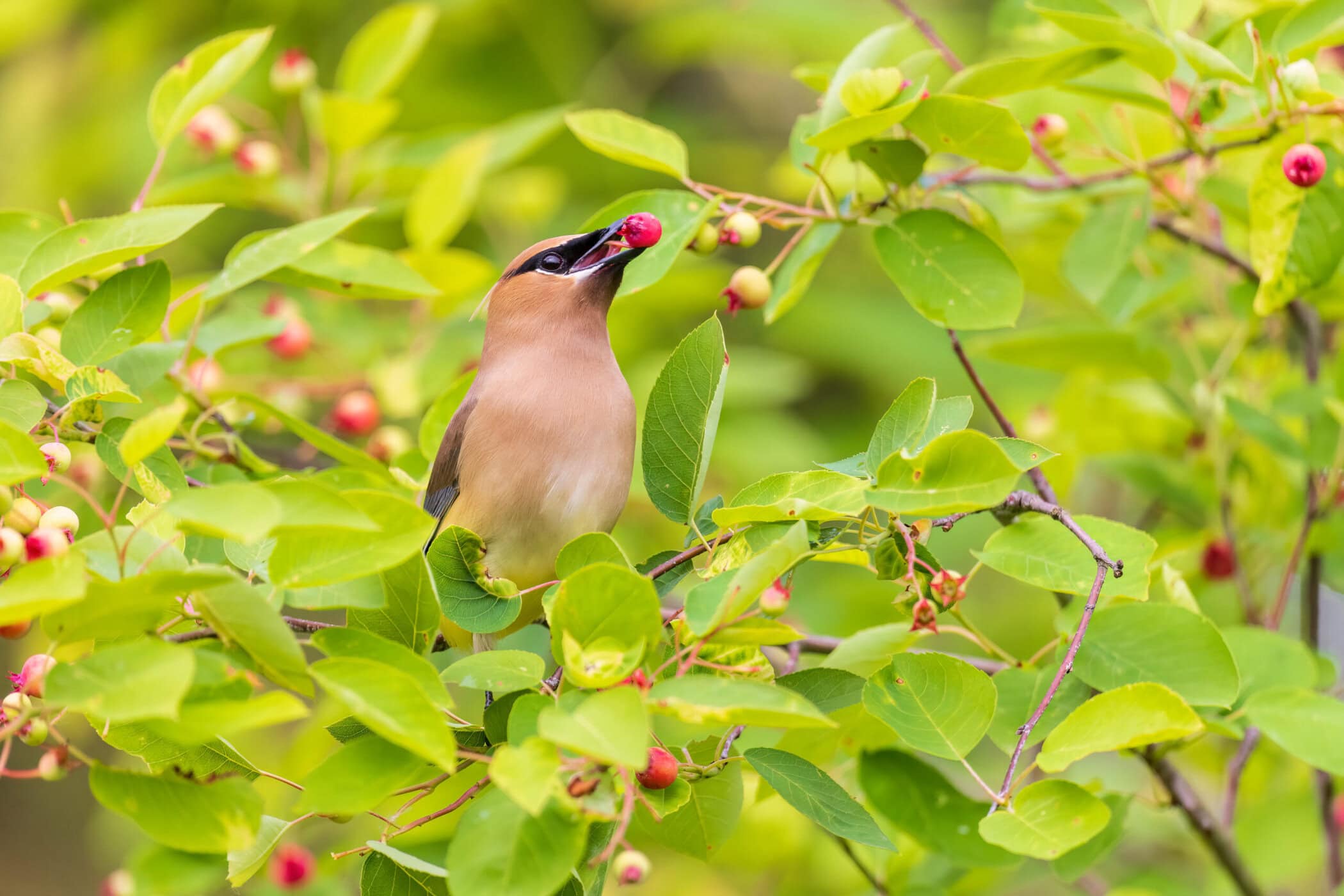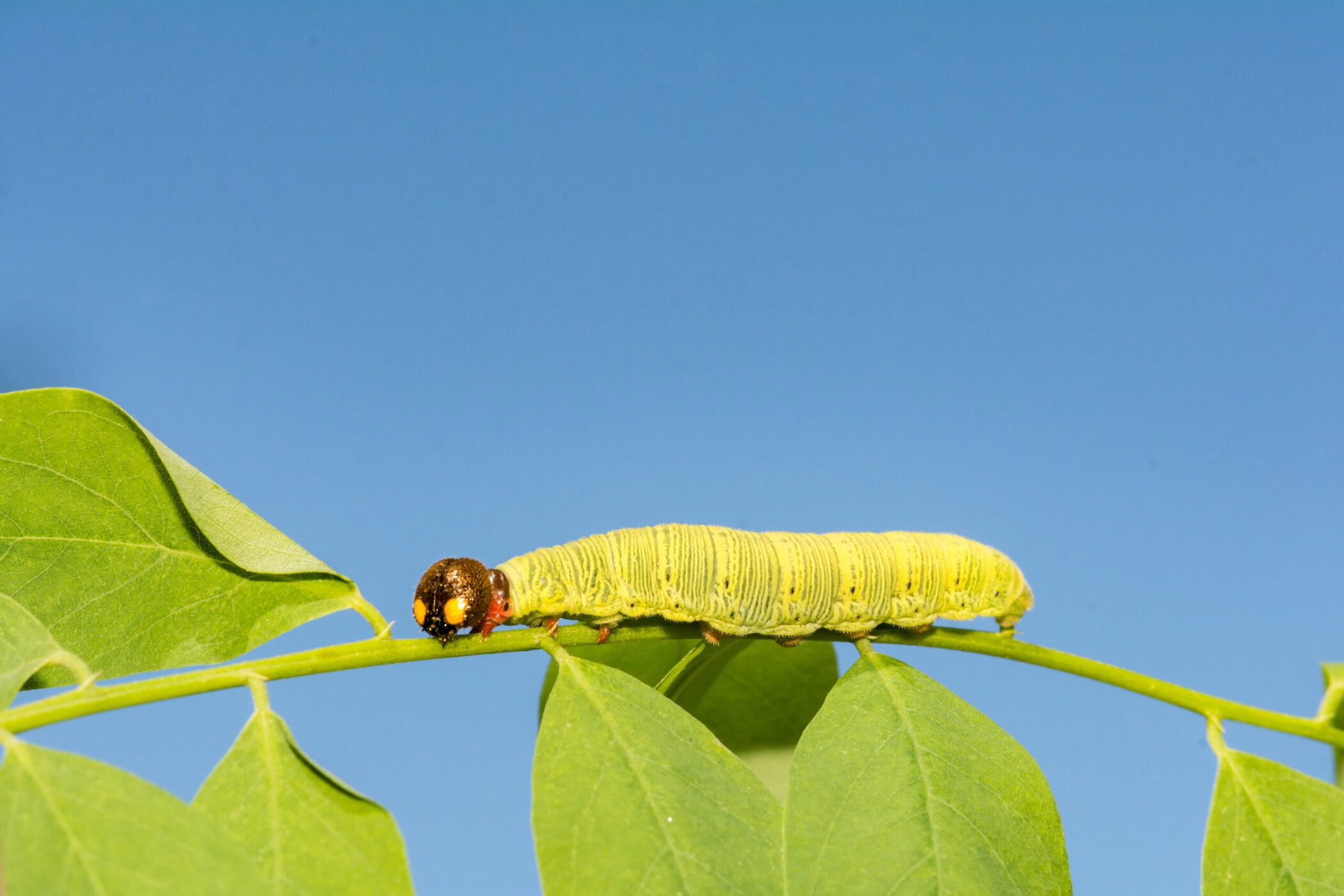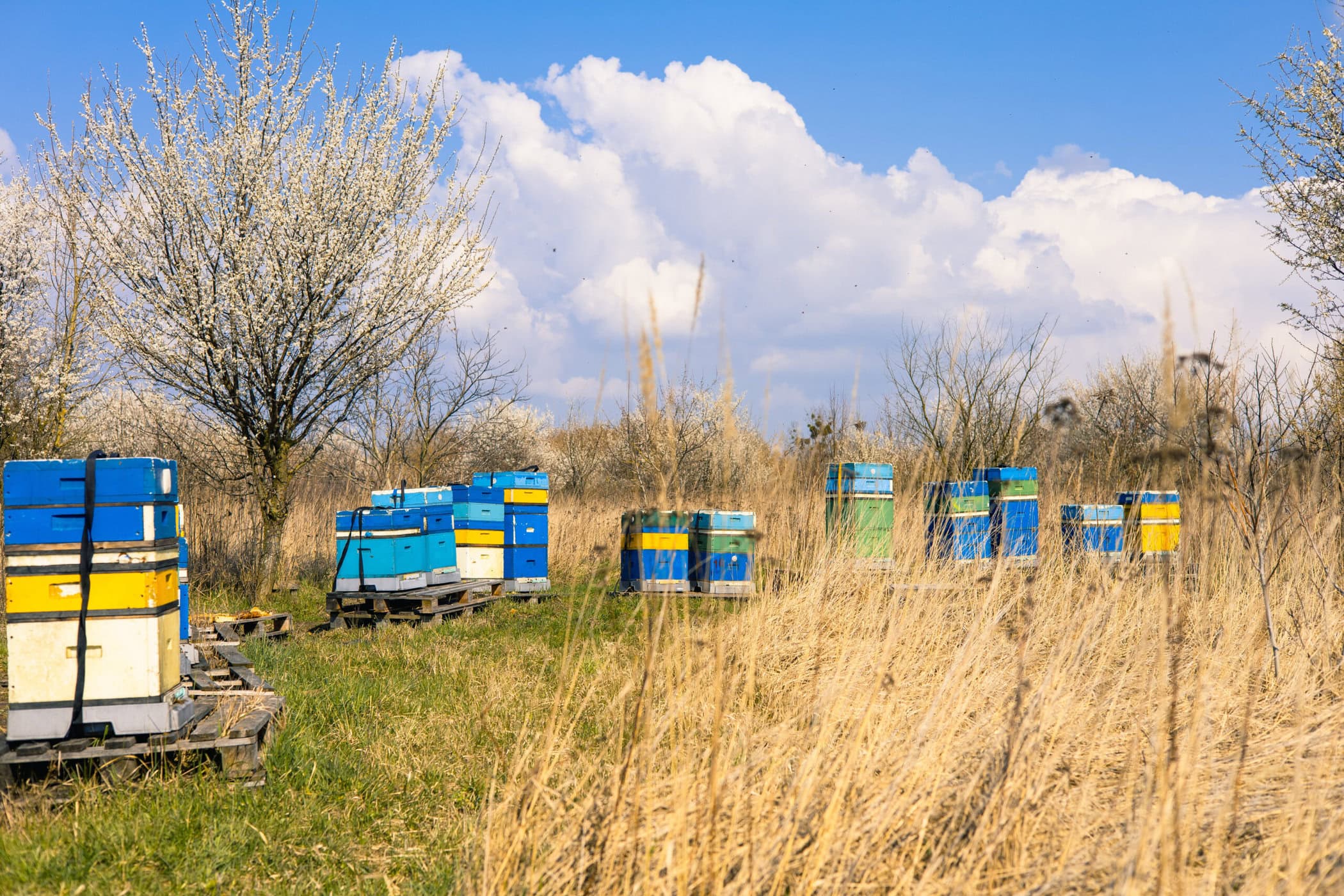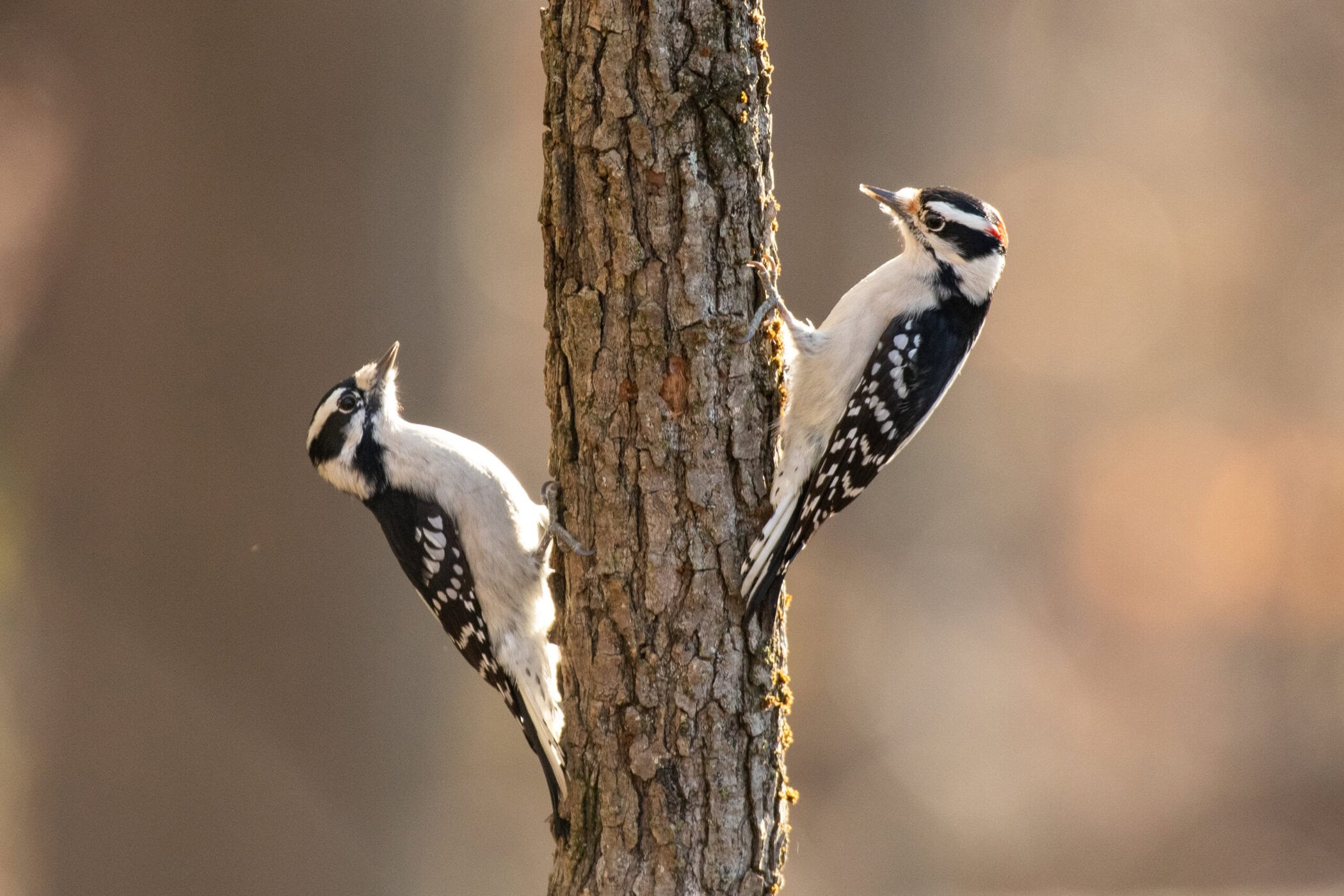Prepare to be inundated again this fall with all things lumpy, bumpy and knobby, spilling out of wicker baskets and adorning dining tables. They’re gourds, and they’re not going anywhere anytime soon. But gourds aren’t just a modern decor craze —they’ve been around for a long, long time and have been put to a multitude of uses worldwide, including in the Hudson Valley.
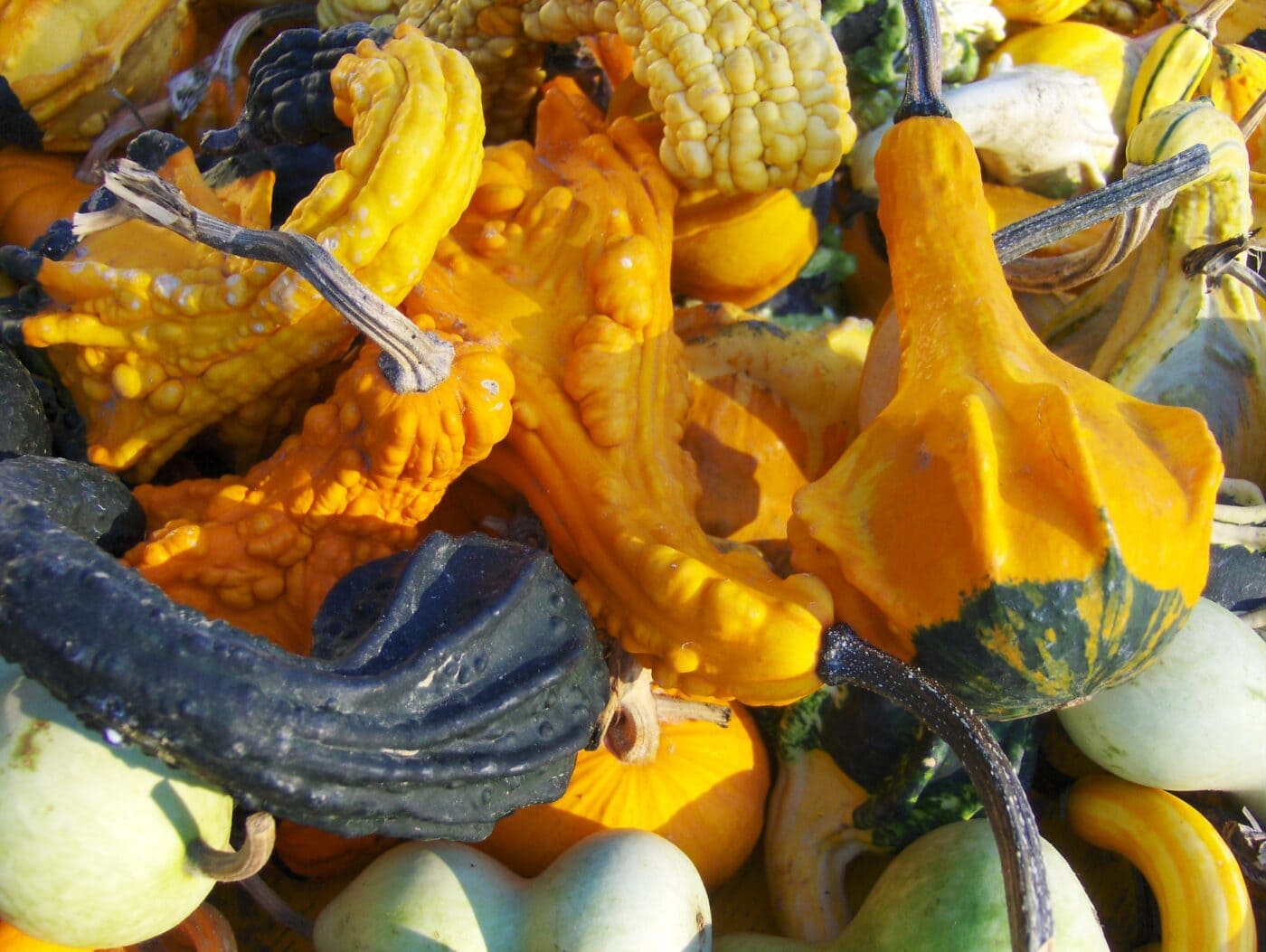
There are three basic types of gourds, with dozens of varieties within each type
• Cucurbitas are the most popular version. Native to America, they come in a wide range of textures and colors: smooth, warty, bi-colored, speckled and striped. They’re in the same plant family as squash and pumpkins, but have thinner shells and can be eaten. Watermelons and cucumbers also belong to the Cucurbitaceae family, although they are not called gourds.
• Hardshell or Lagenaria siceraria (which means drinking vessel) are the utilitarian gourds used by our ancestors as containers and tools, yet today they are mainly ornamental. Many get their names from their traditional uses or shapes, such as dipper, birdhouse, powderhorn, penguin, speckled swan, even caveman’s club. Their hard shells make them inedible (except when young) but also allow them to last for years, even centuries.
• Luffa aegyptiaca. Yes, the Luffa bath sponge is really a gourd! Widely believed to come from the sea, these vegetable sponges are actually related to cucumbers.
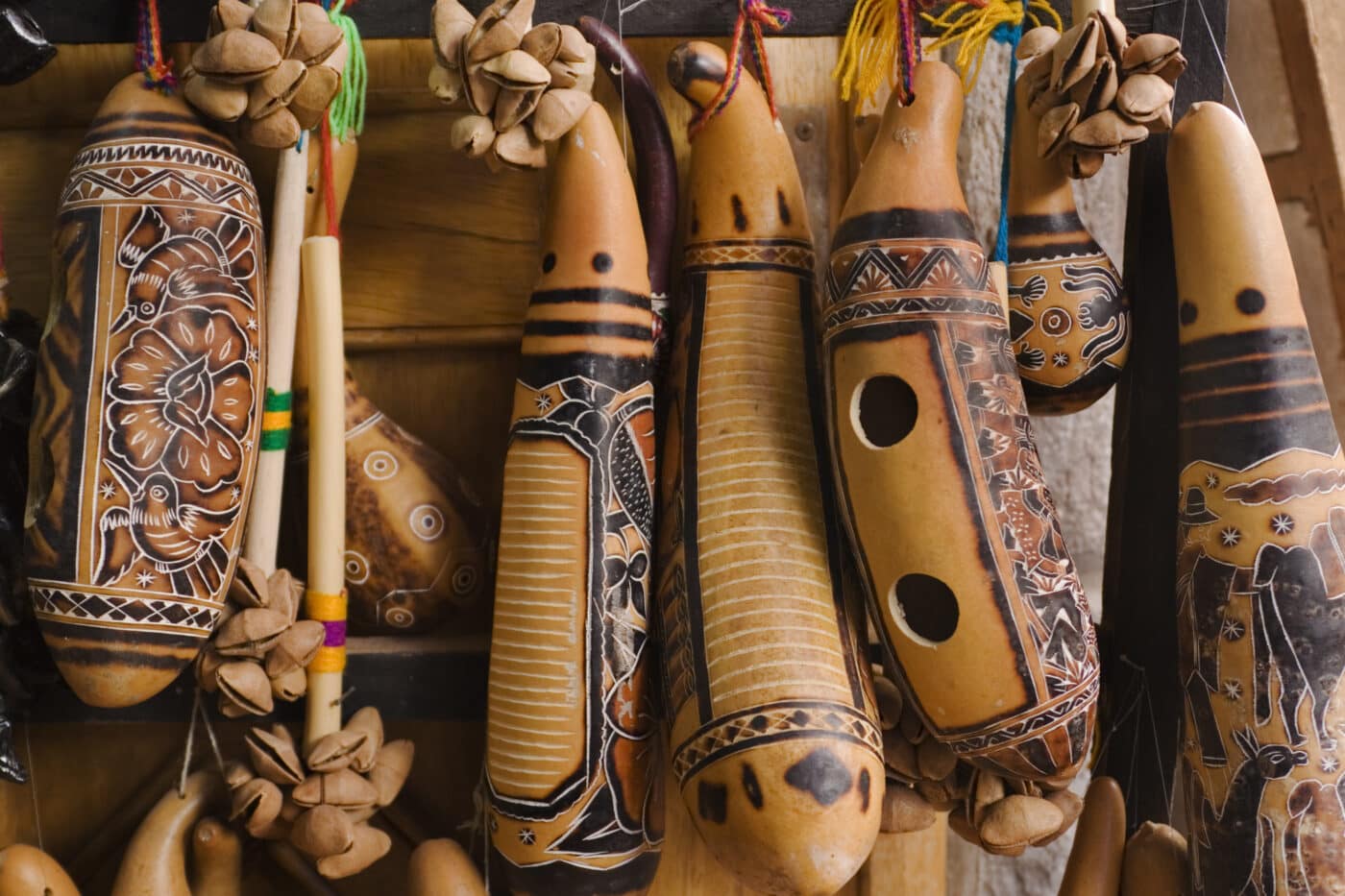
Gourds are among the planet’s oldest cultivated plants
Archaeologists say humans have been using gourds for at least 8,000 years. Old Farmer’s Almanac reports that the Egyptians carried water in them (approximately 2200 B.C.), and Indigenous peoples in North America used them as utensils, storage containers, canteens, dippers, birdhouses, and musical instruments. Repurposed gourds continue to be staples of markets worldwide, from Bulgaria to China, Morocco to Peru.
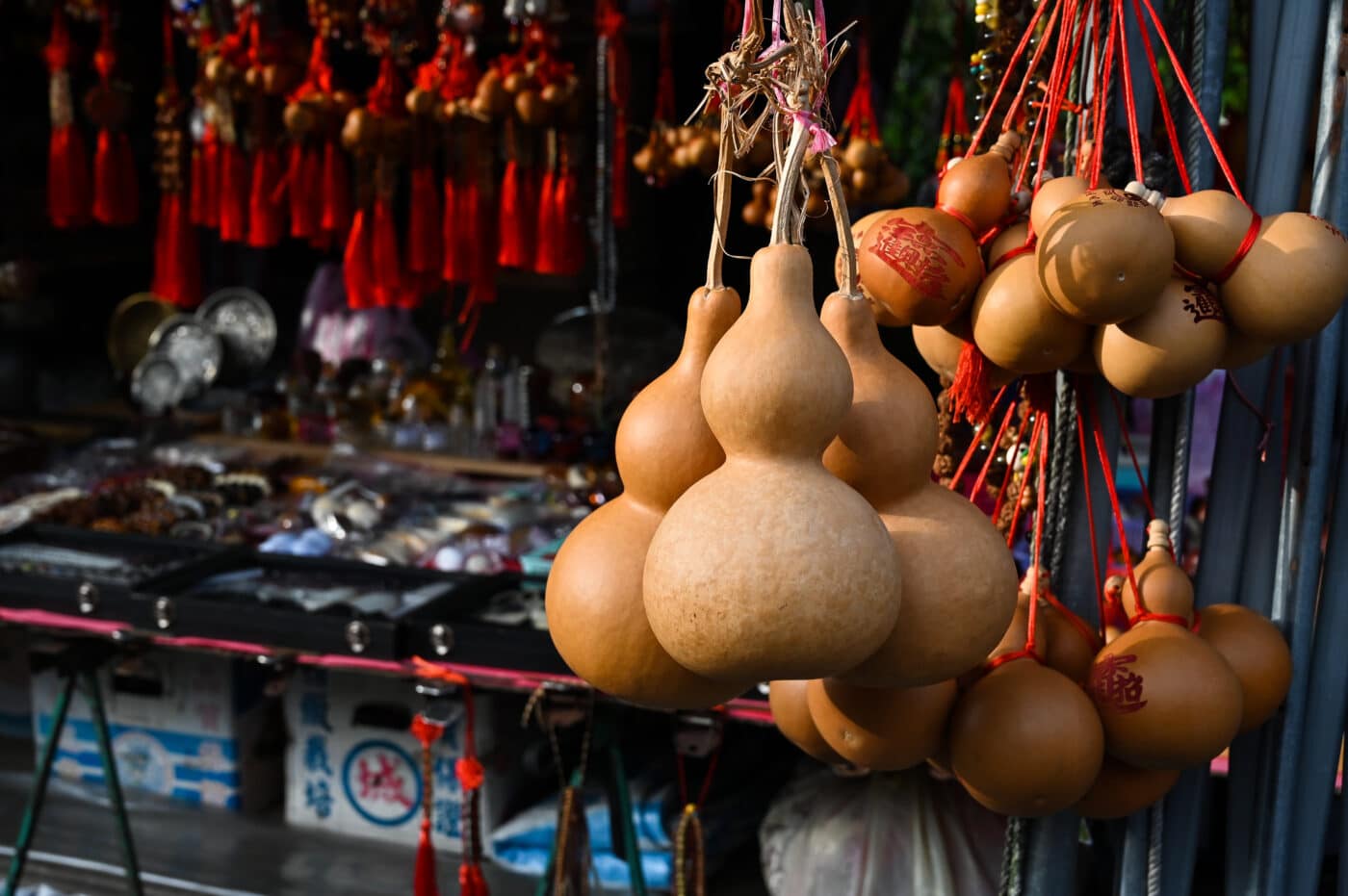
Gourds are an important part of our local ag sector
Whenever you see decorative gourds, know that a farmer has intentionally grown them. Here in the Hudson Valley, scores of local farms dedicate a portion, or all, of their fields to gourds, which they then sell at farm markets, retail stores, and roadside stands.
What else can gourds be used for besides decoration? The list is long
Gourds can be turned into bowls, used for storage, or put to use as canteens. They can be carved into spoons, vases, and musical instruments. And they can be blank canvases for painted art, as practiced by artists like Ethan Brown, a citizen of the Pamunkey Indian Tribe in King William, Va.
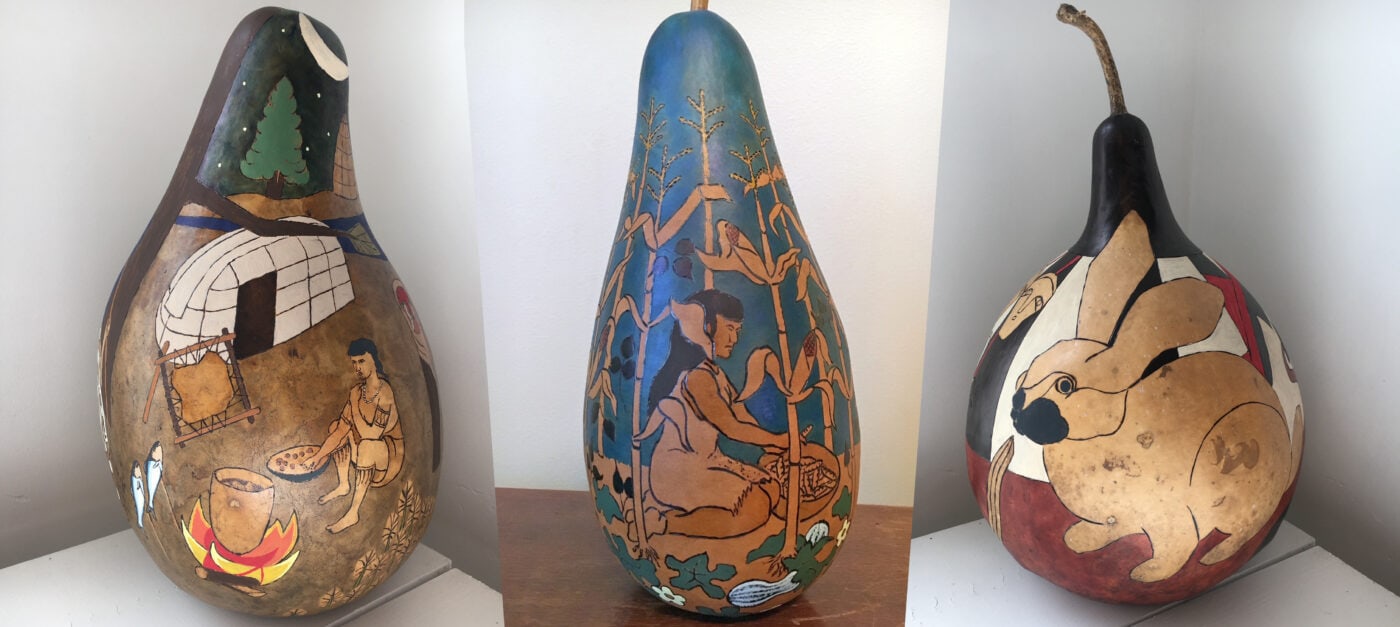
Watching his grandmother make and sell gourds in the museum shop on the Pamunkey reservation, Brown decided to paint some gourds for the shop himself. When they sold right away, he painted more. When they also sold right away, he knew he had found a creative outlet. Gradually his designs have gotten more complex as he has sought inspiration from tribal stories of cultural traditions and historical events. Says Brown, “On the reservation, we’ve always had a tradition of making artwork and selling it to people who come to visit. So a lot of my inspiration comes from my grandma and my uncle making artwork, and carrying on that tradition.”
Gourds have helped support bird populations, particularly purple martins
In North America, accounts from the 1800s suggest that Native Americans of the Choctaw and Chickasaw tribes used long-necked gourds as birdhouses for wild purple martins, which was both decorative and practical. Purple martins are a territorial species, known for chasing predatory birds from their nesting area (in this case, gourds), thereby protecting chickens and other barnyard fowl from hawks. Experts say that over time, gourd birdhouses have supported purple martin populations of the Eastern United States so thoroughly, the birds have forsaken the wild tree cavities they used to nest within.
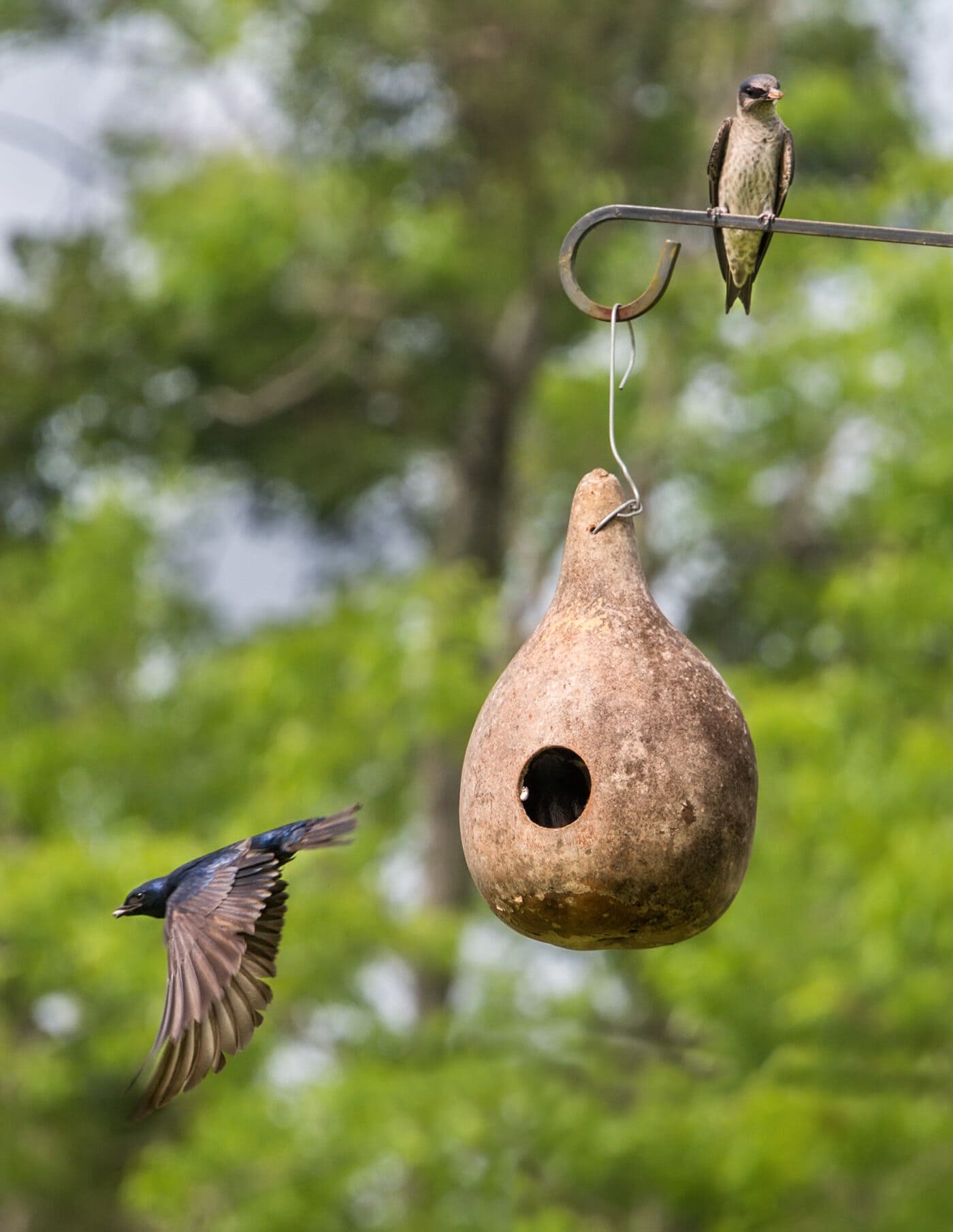
Why you shouldn’t throw old gourds in the trash
You can do better than tossing your unwanted, moldy gourds in with your household garbage. The decomposing matter can attract unwelcome animals such as raccoons, opossums and rats, as well as insects like wasps and bees. Decomposing gourds create mold, which releases harmful spores. These can spread into the air and water and onto surfaces, causing health problems for some people.
So what should you do with them? Lots of things!
- Although the flesh may be too tough to eat, as with pumpkins, you can toast and eat the seeds of gourds.
- Compost them! Decomposing gourds create food for wildlife and the soil. It also benefits the planet. According to the Office of Energy Efficiency and Renewable Energy, when municipal solid waste, including gourds, is thrown away and sent to landfills, it decomposes and eventually turns into methane, a harmful greenhouse gas with more than 20 times the warming effect of C02. But when that waste is used to harness bioenergy, the end result benefits the environment and helps us become less dependent on carbon-based fuel.
- Donate them to a local farm. Alex and Adele Tibbetts, general managers of Big Rock Market in Stanfordville, give their unsold produce (including gourds) to Thunderhill Farm, whose owner feeds it to his sheep, goats, cows and pigs. What doesn’t get eaten gets composted, so nothing is wasted.

One color or many, bumpy or smooth, gourds are both ancient and new every year. It’s up to us to use them, enjoy them, and dispose of them responsibly, for us and for the earth.


